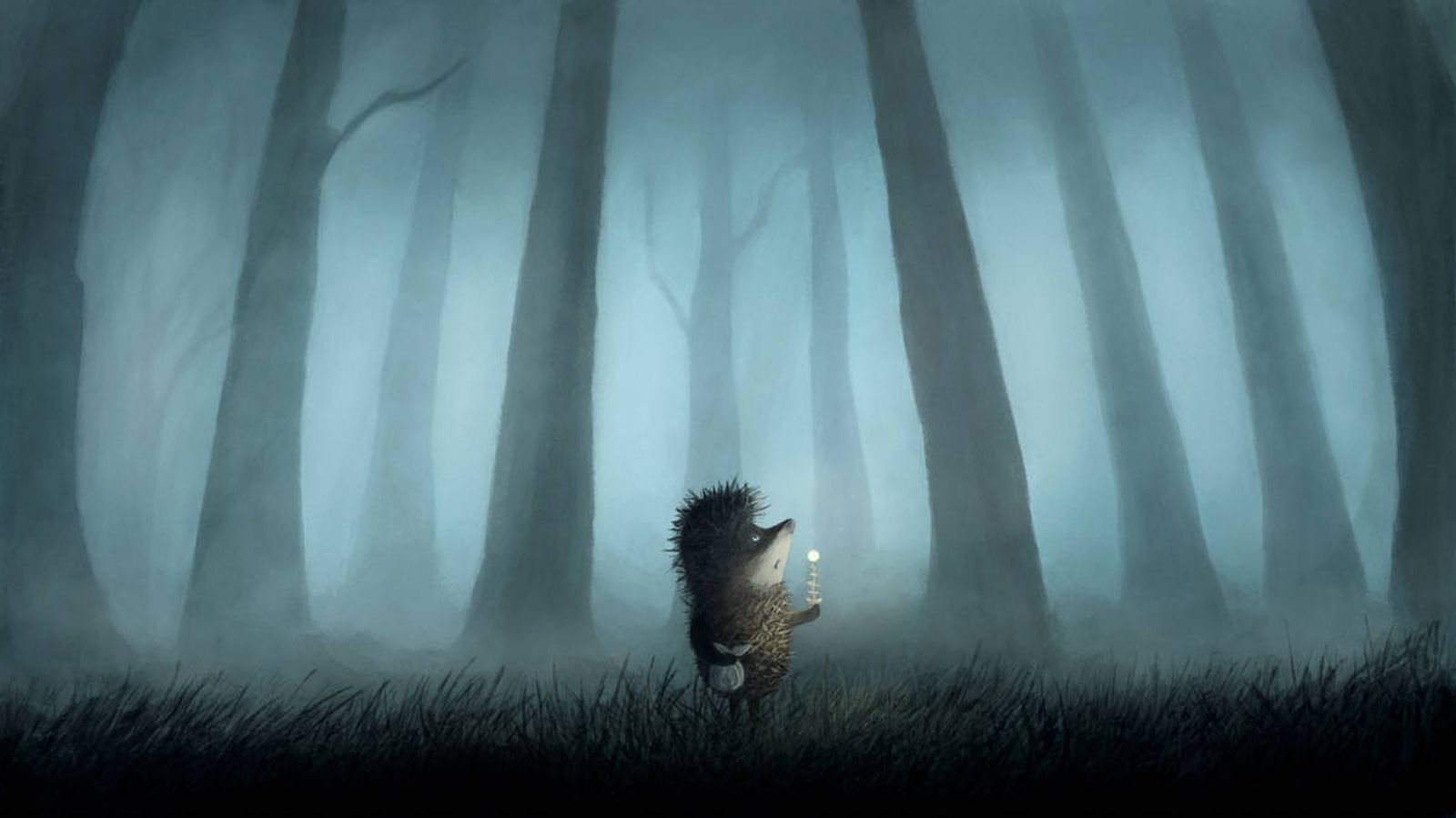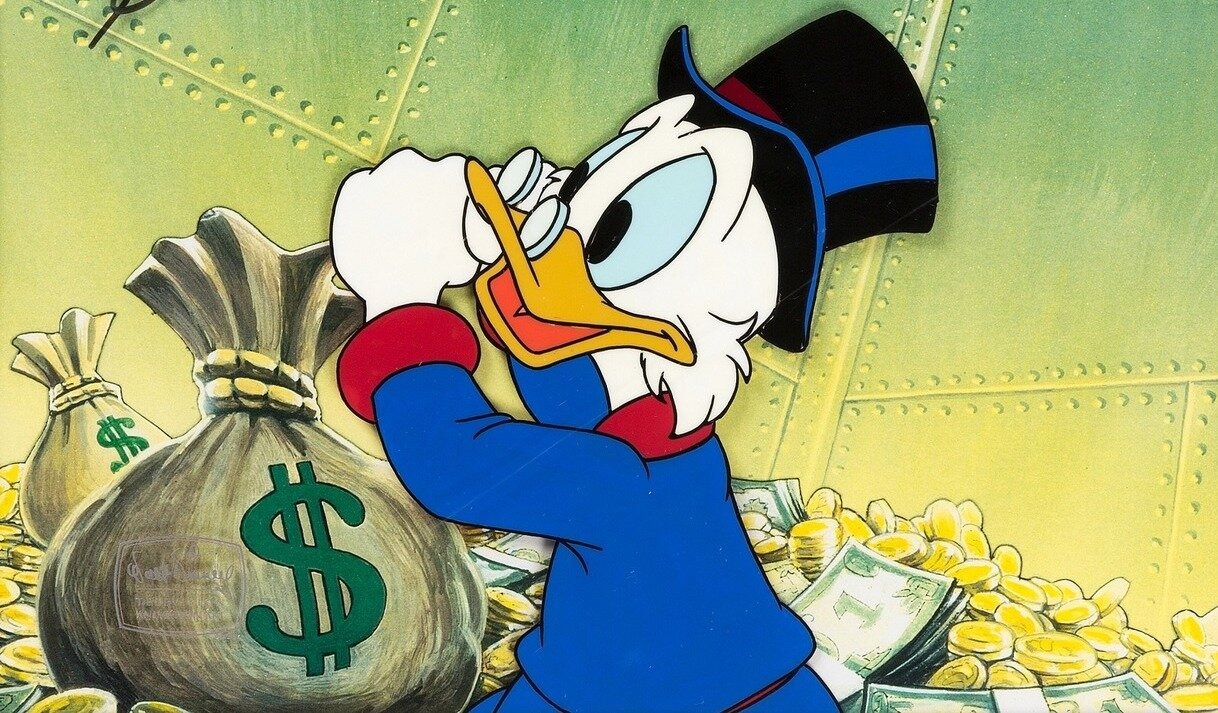
Soviet cartoons are truly special, but sometimes they are still too cruel for their young viewers. And although not all of us understood their meaning in childhood, now some works of Soviet animators are literally ways to bring us to tears. To prove this, we have collected the saddest Soviet cartoons.
“Mitten” (1967)
In this silent cartoon, everything is clear and wordless. This is the story of a girl who saw a puppy in her dream. Unfortunately, the strict mother is against the pet, so the girl “transforms” her red woolen glove into a dog. Rest assured, this puppet cartoon about a big childhood dream will not leave you without a tragic and beautiful ending. It’s only ten minutes but there’s so much emotion!
“Penguins” (1968)
If this cartoon does not bring you to tears, then we are ready to say with all confidence that you have a cold heart. This is a real-life drama set in Antarctica, where penguins come to raise their chicks in the summer. The main character, with the funny name Pin Gwin, treated his egg with care, but one day he briefly entrusted it to a friend (a name no less meaningful than Pyn Gwin). The editor cannot describe the subsequent events because he is choking on tears, but he strongly recommends you see them for yourself – especially since it will only take you 13 minutes.
“Heather Honey” (1974)
A rather dark cartoon based on Robert Louis Stevenson’s ballad about the cruel Scottish king, who decided to use his power to destroy the inhabitants of the Galloway region, where the heath grows. And the last two remaining representatives of the people – father and son – were brought to the royal palace to reveal the secret of preparing an intoxicating sweet drink from heather. They are also threatened with torture and death in danger.
“The Pony Runs in Circles” (1974)
The work of Lev Atamanov (“Scarlet Flower”, “The Snow Queen”, “The Golden Antelope”) is about a little pony who lives in a zoo, walks children around, but deep down dreams of participating in the parade. As if he heard his wishes, one day an old general comes to the zoo, and both heroes of this story now begin an honest conversation among themselves. By the way, the author himself said: “I love my fairy tales. True, then I moved away from them, but not because I stopped loving them, not because I just wanted to try something new,” he wrote, writing that this cartoon was also “a bit of philosophy” in its own way.
“Hedgehog in the Fog” (1975)
An incredible cartoon by Yuri Norshtein about the Hedgehog who goes to Little Bear in the evening to count the stars. They sat on a log and looked at the starry sky over a cup of tea – it hung over the roof, just behind the chimney. Despite its romantic description, this cartoon can give goosebumps, because on the way to his friend Hedgehog he has to pass through a foggy forest, where he sometimes encounters truly scary characters. However, Yuri Norshtein’s work deservedly has a “cult” status: his animated film received awards at international film festivals in Tehran, Gijon, Chicago, Melbourne and other cities, as well as at the Laputa International Animation Festival in Japan in 2003. Based on a survey of 140 film critics and animators from different countries, “Hedgehog in the Mist” was recognized as the best cartoon of all time. Does that seem like a good time to take a ten-minute break from what you’re doing and review it?
“Bring Back Rex” (1975)
A heartbreaking story about a child’s friendship with a dog. One day, while the main character was playing hockey on a frozen river with his pet, the ice cracked and the boy found himself on a broken ice floe. His faithful dog ran to save him, but he soon contracted pneumonia due to hypothermia and unfortunately did not survive. And believe me, that’s not the only reason you’ll cry while watching this 16-minute cartoon.
“Mother of the Baby Mammoth” (1981)
We are still ready to shed tears when we hear a mammoth cub sing about his missing mother. In search of the latter, the main character meets a polar bear cub and a walrus, and then sets off for a long journey to an ice floe – presumably to where his mother is waiting for him. “There is no disappearance of children in the world,” and the author again leaves to get a new piece of napkin to wipe away her tears.
Source: People Talk
Errol Villanueva is an author and lifestyle journalist who writes for The Fashion Vibes. With a passion for exploring the latest trends in fashion, food, travel, and wellness, Errol’s articles are a must-read for anyone interested in living a stylish and fulfilling life.




